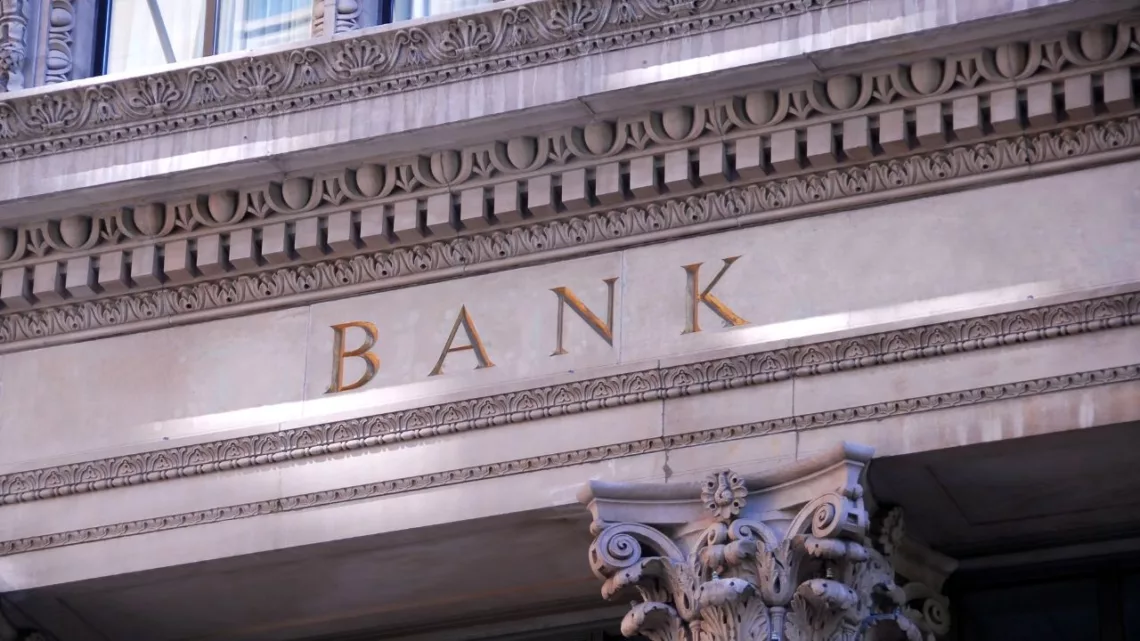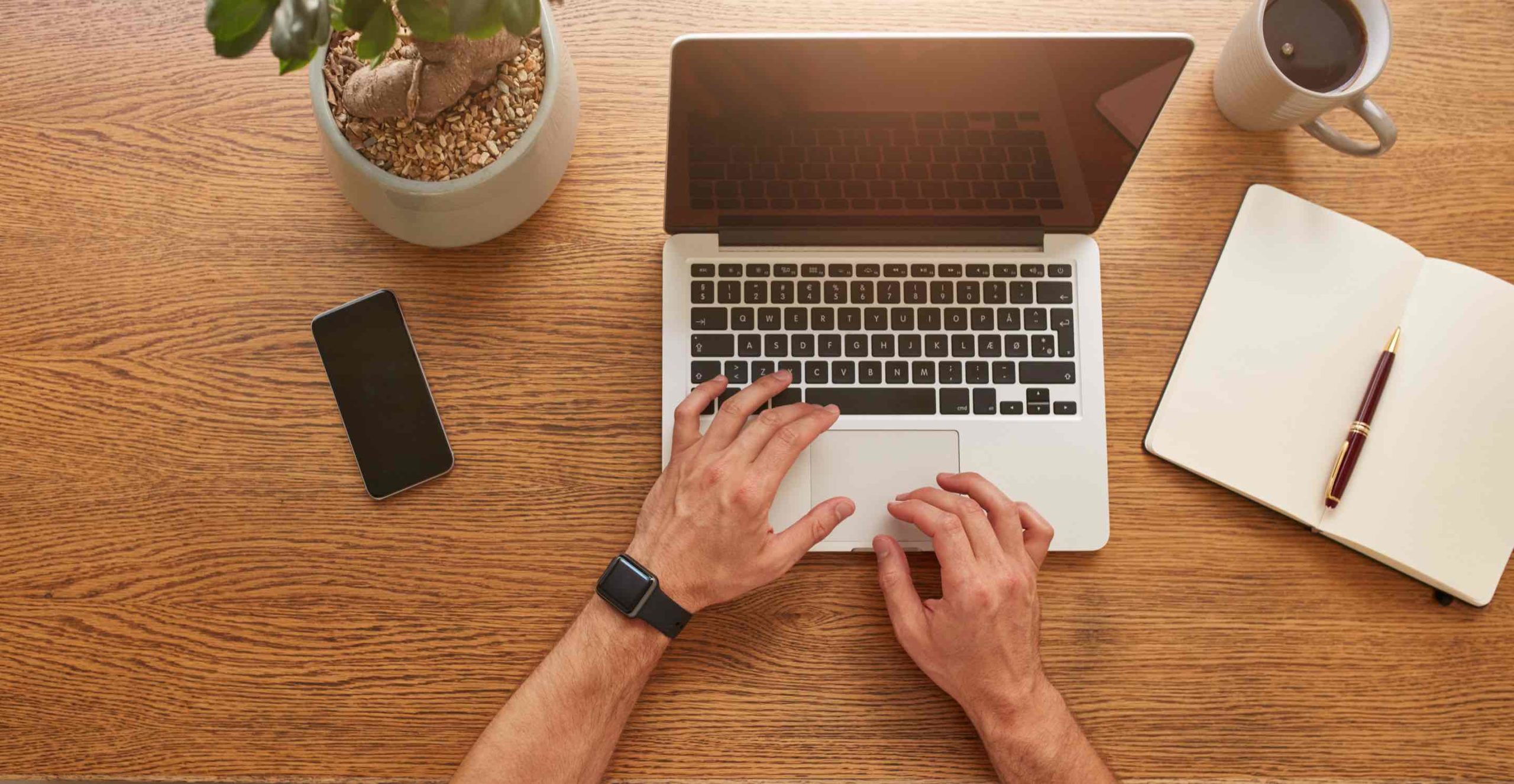
Planning to buy a second home? Whether it’s for personal use or as a rental property, the down payment requirements might surprise you. Let’s break it down and give you the insights you need to make a smart financial decision.
What You Need to Know About Down Payments for a Second Home
When buying a second property, many assume you need to save up a massive down payment—especially if you already own a home. But did you know the down payment rules for second homes in Canada can be similar to buying your first home? It all depends on how you intend to use the property.
Canadian Down Payment Requirements at a Glance
In Canada, the minimum down payment is determined by the property’s purchase price. Here’s a quick breakdown:
- Homes under $500,000: 5% of the purchase price.
- Homes between $500,000 and $999,999: 5% of the first $500,000, and 10% of the amount above that.
- Homes priced at $1 million or more: 20% of the purchase price.
If your down payment is less than 20% and the home’s price is under $1 million, you’ll need mortgage default insurance, which protects the lender if you can’t make payments.
Upcoming Changes: New Rules for Homes Over $1 Million
As of December 15, 2024, new rules will come into effect that raise the price cap for insured mortgages. Currently, homes valued at $1 million or more require a 20% down payment, but the upcoming changes will allow homes priced up to $1.5 million to qualify for insured mortgages. That means you’ll only need 5% of the first $500,000 and 10% for the portion above that up to $1.5 million.
This change is great news for buyers in markets like Toronto, where home prices often exceed $1 million. It makes higher-priced homes more accessible, without the hefty upfront cost of a 20% down payment.
Buying a Second Home? Here’s What You Need to Know
Here’s where things get interesting. You don’t always need a 20% down payment to buy a second home. If you’re planning to live in the property—say it’s a cottage or a home for family use—you can make a down payment as low as 5%, just like with your primary residence.
However, this only applies if the home will be owner-occupied (meaning you or your family will live there). For homes with one or two units, the minimum is 5%, and for properties with three or four units, it jumps to 10%.
For larger properties—those with five or more units—the rules change. These are considered commercial buildings, requiring a commercial mortgage with a down payment of anywhere between 20% and 35%, depending on the lender and your financial situation.
What About Rental Properties?
If you’re buying a second property to rent out, the rules are different. Rental properties require a minimum 20% down payment, regardless of the number of units. This is because non-owner-occupied homes are seen as riskier by lenders.
How to Finance a Down Payment for Your Second Property
Worried about where to get the money for that second down payment? There are several ways you can finance it:
- Refinance your current mortgage – You can tap into your home’s equity to fund the down payment on a second home.
- Home Equity Line of Credit (HELOC) – A HELOC allows you to borrow against the equity in your existing property.
- Second mortgage – You could take out a second mortgage on your first home to cover the down payment.
- Reverse mortgage – If you’re 55 or older, you could qualify for a reverse mortgage to access funds.
Why Working with Experts Matters
Navigating the financial side of buying a second home can be tricky, but our team at The Daryl King Team has the expertise to guide you through the process. We’ve helped countless clients like you find financing solutions that make their real estate dreams come true.
Ready to Explore Your Options?
Whether you’re looking to purchase a second home or invest in a rental property, we’re here to help. Contact our team today to get personalized advice and explore how we can help make your next real estate move a success!
Contact Us
Equip yourself with the knowledge to navigate the complexities of the real estate landscape confidently.



